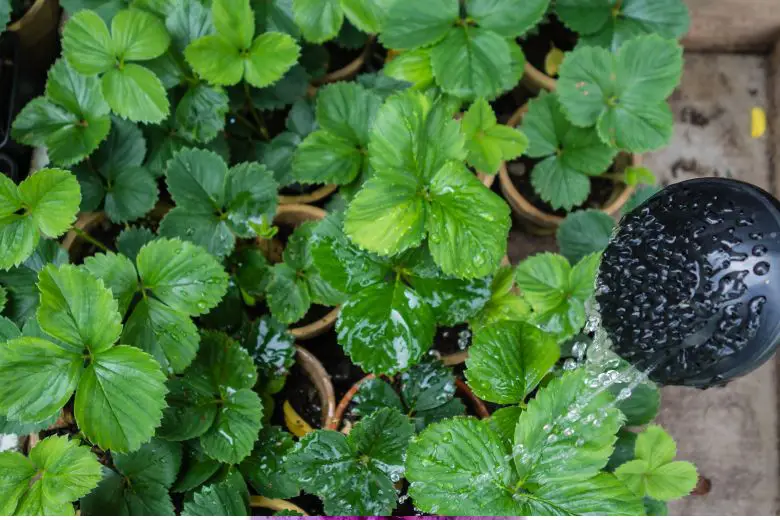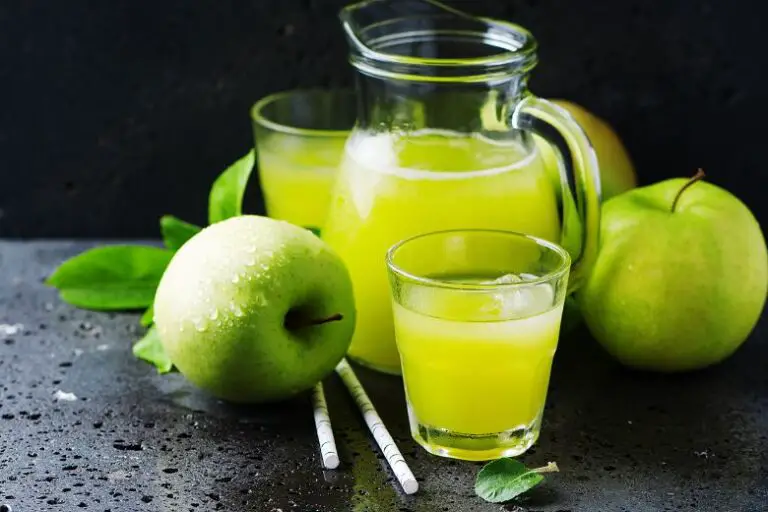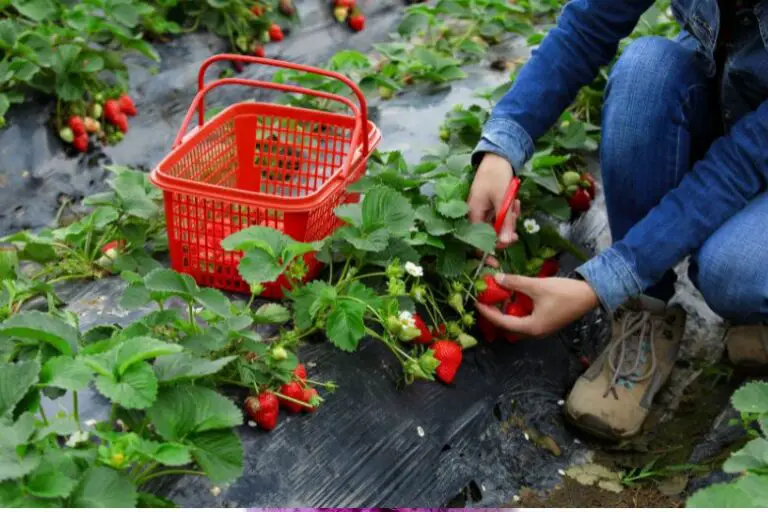Can You Plant Strawberries in Fall?
Planting strawberries in fall can be a great way to enjoy a bountiful harvest the following year. Fall is an ideal time for planting strawberries because the cooler temperatures and increased moisture provide the perfect conditions for their establishment. In this article, we will explore the process of planting strawberries in the fall, from preparation to care and maintenance, so you can successfully grow your own delicious strawberries.
Understanding Strawberries
Before we delve into fall planting, let’s first understand strawberries. There are various types of strawberries available, including June-bearing, everbearing, and day-neutral varieties. Each type has its own characteristics and preferred growing conditions. It’s important to choose the right variety based on your location and climate.
Strawberries thrive in well-drained soil with a pH between 5.5 and 7.0. They require full sun for at least six hours a day and benefit from a fertile soil rich in organic matter. Growing strawberries not only provides you with fresh, juicy fruits but also offers numerous health benefits due to their high vitamin C content and antioxidant properties.
Preparing for Fall Planting
To ensure successful fall planting, it’s essential to prepare in advance. Here are some key steps to follow:
Choosing the Right Strawberry Varieties
Select strawberry varieties that are suitable for fall planting. Look for varieties known for their cold hardiness and disease resistance. Some popular fall-planted varieties include ‘Chandler,’ ‘Allstar,’ and ‘Seascape.’ These varieties are well-suited for various regions and produce excellent yields.
Preparing the Soil
Prepare the soil before planting to provide an optimal growing environment for strawberries. Start by removing weeds and debris from the area. Loosen the soil and incorporate organic matter, such as compost or well-rotted manure, to improve its structure and fertility.
Providing Adequate Drainage
Strawberries require well-drained soil to prevent waterlogging, which can lead to root rot. If your soil has poor drainage, consider creating raised beds or mounds to improve water flow. This will help prevent the strawberries from sitting in wet soil.
Planting Strawberries in Fall
Once you have completed the necessary preparations, it’s time to plant the strawberries. Follow these steps for successful fall planting:
Selecting Healthy Strawberry Plants
Choose healthy, disease-free strawberry plants from a reputable nursery or garden center. Look for plants with green, vigorous foliage and well-developed roots. Avoid plants with signs of disease or damage.
Planting Techniques
Dig planting holes that are wide and deep enough to accommodate the roots of the strawberry plants. Gently spread out the roots and position the plants at the correct depth, ensuring that the crown is level with the soil surface. Backfill the holes and firm the soil around the plants, being careful not to cover the crown.
Proper Spacing and Depth
Space the plants according to the recommendations for the specific variety you are planting. Typically, strawberries should be spaced around 12 to 18 inches apart, with rows spaced 2 to 3 feet apart. Planting at the correct depth is crucial, as burying the crown too deeply can hinder plant growth and development.
Caring for Fall-Planted Strawberries
Fall-planted strawberries require proper care and attention to ensure their successful establishment. Here are some essential care tips:
Watering Requirements
Provide adequate water to newly planted strawberries to help them establish their root systems. Water deeply but avoid overwatering, as this can lead to root rot. Monitor the moisture levels regularly and adjust the watering accordingly based on the weather conditions.
Mulching to Protect Against Winter
Apply a layer of organic mulch around the plants to protect them during the winter months. This helps regulate soil temperature, prevent weed growth, and reduce water evaporation. Straw or pine straw make excellent mulching materials for strawberries.
Pest and Disease Management
Keep a close eye on your strawberry plants for any signs of pests or diseases. Common pests include aphids, slugs, and spider mites, while diseases like gray mold and powdery mildew can affect their health. Take preventive measures such as using insecticidal soap or organic pesticides and practicing good sanitation to minimize the risk of infestation or disease.
Fertilization Needs
Strawberries benefit from regular fertilization to support their growth and fruit production. Apply a balanced fertilizer with a higher ratio of phosphorus, such as a 10-10-10 or 10-20-20 formulation, in early spring and early fall. Follow the manufacturer’s instructions for proper application rates.
Winterizing Strawberries
As the winter season approaches, it’s important to take steps to protect your fall-planted strawberries from frost and cold temperatures. Here’s how to winterize your plants:
Protecting Plants from Frost and Cold Temperatures
Cover the strawberry plants with a frost cloth or row cover when temperatures drop below freezing. This provides an extra layer of insulation and protects the plants from frost damage.
Covering with Straw or Mulch
Before the first frost, apply a thick layer of straw or mulch around the plants to insulate the soil and protect the roots from freezing. The mulch also helps prevent weed growth and conserves moisture.
Harvesting and Enjoying Fall-Planted Strawberries
With proper care and maintenance, your fall-planted strawberries should start producing fruits the following spring. Here are some tips for harvesting and enjoying your delicious strawberries:
When to Expect the First Harvest
Depending on the variety you planted, you can expect your first harvest in late spring or early summer. Keep an eye on the plants as the berries start to ripen and pick them when they are fully red and firm.
Picking Ripe Strawberries
Gently twist or cut the ripe strawberries from the plant, being careful not to damage the surrounding fruit or foliage. Harvesting strawberries when they are fully ripe ensures the best flavor and sweetness.
Delicious Recipe Ideas
Once you have harvested your strawberries, the possibilities for enjoying them are endless. Consider making fresh strawberry jam, adding them to salads or smoothies, or using them in delectable desserts like strawberry shortcake or strawberry pie.
FAQs about Planting Strawberries in Fall
Can I plant strawberries in late fall?
Yes, you can plant strawberries in late fall, as long as the ground is not frozen. Late fall planting allows the strawberries to establish their roots before winter sets in.
What is the best variety of strawberries for fall planting?
Some popular varieties for fall planting include ‘Chandler,’ ‘Allstar,’ and ‘Seascape.’ These varieties are known for their cold hardiness and excellent flavor.
How often should I water fall-planted strawberries?
Water fall-planted strawberries regularly, providing about 1 inch of water per week. Adjust the watering frequency based on rainfall and soil moisture levels.
Do fall-planted strawberries produce fruit the following year?
Yes, fall-planted strawberries typically produce fruit the following year. However, the yield may vary depending on the variety and growing conditions.
Can I grow strawberries in containers during the fall?
Yes, you can grow strawberries in containers during the fall. Choose a container with good drainage, use a high-quality potting mix, and ensure the plants receive adequate sunlight and water.
Conclusion
Planting strawberries in the fall can be a rewarding and enjoyable experience. By following the proper techniques and caring for your plants throughout the season, you can look forward to a thriving strawberry patch and a delicious harvest the following year. So, get ready to dig in and enjoy the sweet taste of homegrown strawberries!







